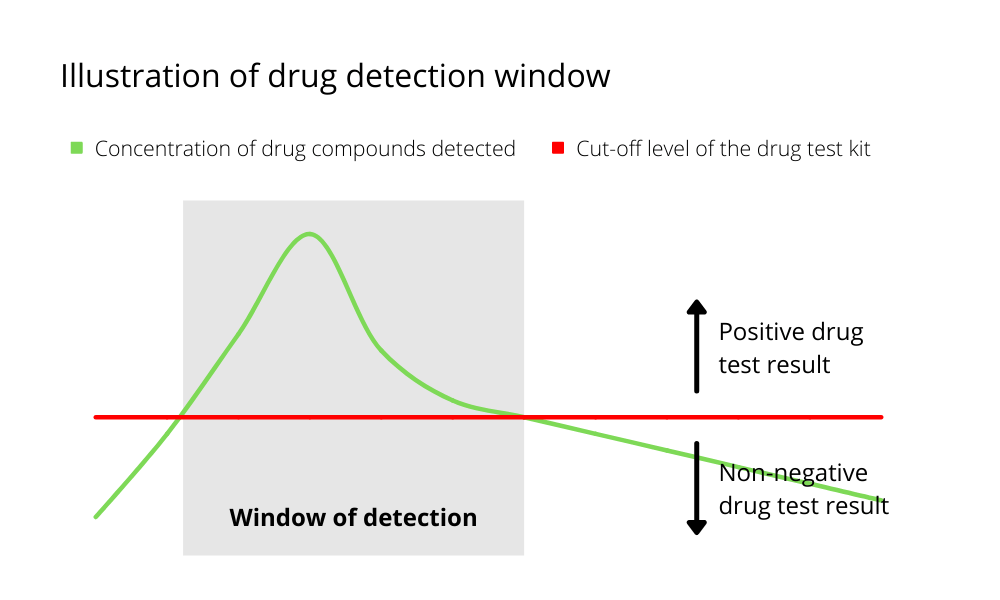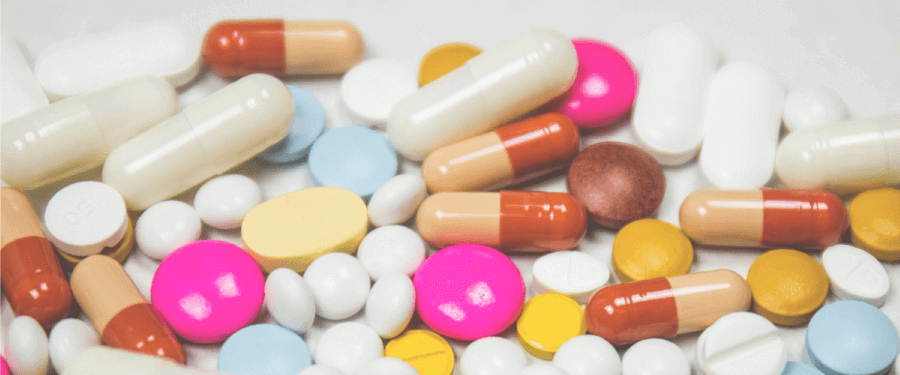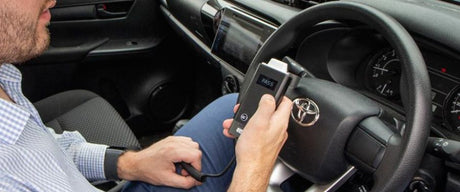When a drug is used and subsequently metabolised, drug compounds and/or their metabolites will be excreted from the human body primarily through urine and feces, but also sweat, saliva, breast milk, or exhaled air. By carrying out drug screening on these bodily fluids, we can determine if a person has taken drugs for the past few days or weeks. As urine and saliva are the most convenient samples to obtain and their cost of screening is low, they are often used in drug screening using drug test kits.
What are drug detection windows?
The drug detection window is an estimated period of time when the drug compounds and/or their metabolites can be detected in the bodily fluid and tissue above the cut-off levels. These cut-off levels are standardised in Australia as determined in Australian/New Zealand Standard AS/NZS4308:2008 for urine drug test kits and Australian/New Zealand Standard AS/NZS4760:2019 for saliva drug test kits.

It can be affected by various factors, such as:
- The ways in which drugs were taken
- The amount of drugs taken
- The nature of drugs
- The individual body size and metabolism rate
The concentration of drug compounds detected in urine and saliva will go down as the drug compounds are metabolised and excreted from the human body.
Detection windows of drugs in urine and saliva
Drug compounds can generally be found in urine for a longer period of time compared to saliva; hence, the levels of drug compounds found in saliva and urine do not correlate with one another. The data of drug detection windows below was taken from Objective Testing: Urine and Other Drug Tests, a research paper produced by researchers from the Harvard Medical School.
| Urine | Saliva | |
|---|---|---|
| Amphetamines (AMP) | 2 - 4 days | 1 - 48 hours |
| Methamphetamine (METH) | 2 - 5 days | 1 - 48 hours |
| Barbiturates (BAR) | Up to 7 days | N/A |
| Benzodiazepines (BZO) | Up to 7 days | N/A |
| Cannabis (THC) | 1 - 30 days | Up to 24 hours |
| Cocaine (COC) | 1 - 3 days | 1 - 36 hours |
| Opiate (OPI) | 2- 5 days | 1 - 36 hours |
With longer drug detection windows, urine drug screening is usually done to investigate the historical drug uses of a person, such as for pre-employment testing or post-incident investigation. On the other hand, saliva drug screening is often used to investigate recent drug use as the closest means to determine if a person is fit for work. The drug detection windows of drug compounds in urine and saliva should be taken into consideration when choosing suitable drug test kits for workplace drug screening uses, according to your company’s drug testing policy.





